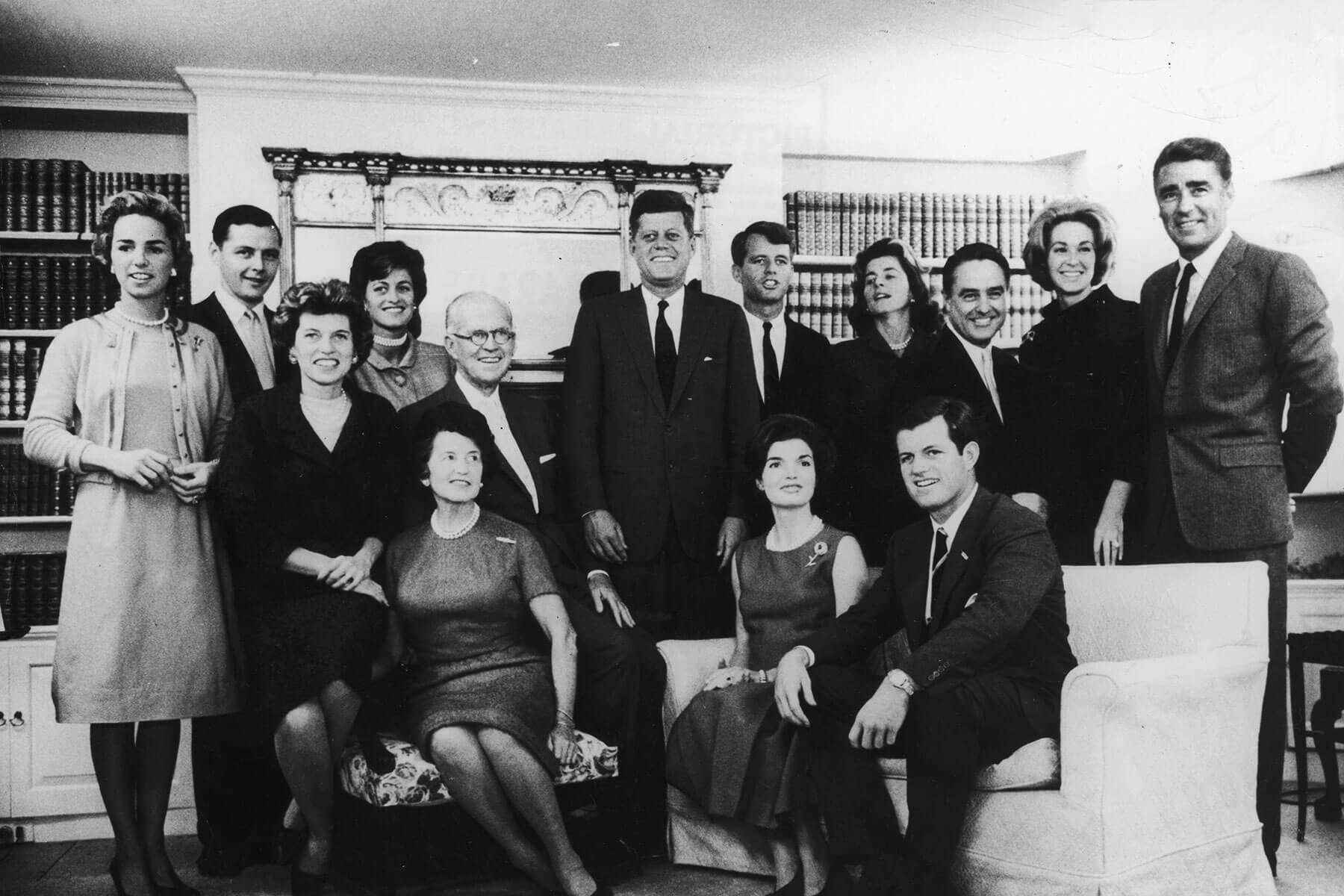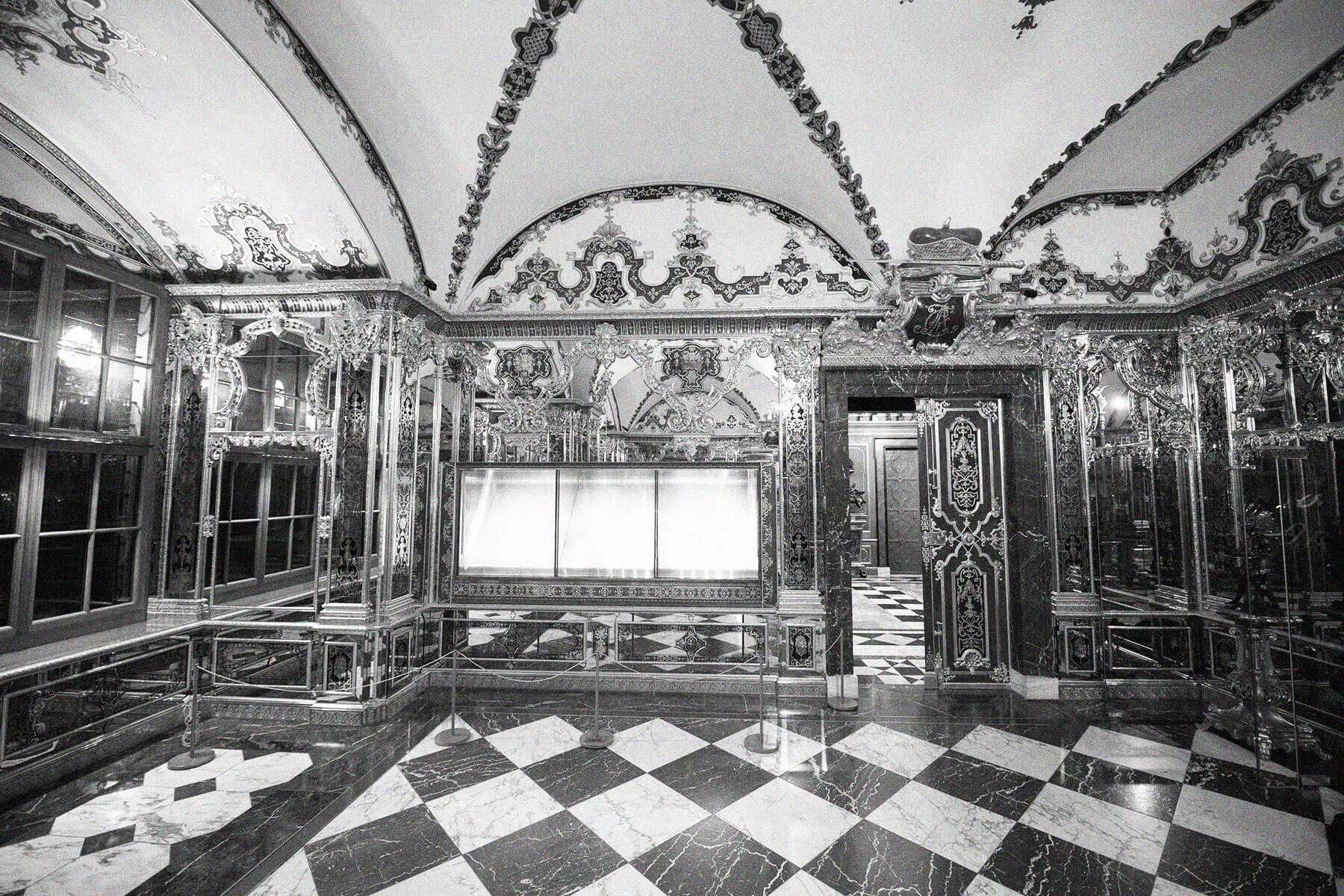Who was the first computer programmer? (Hint: It wasn't a man)
 |
Lord Byron's daughter Ada Lovelace was the first computer programmer. |
Science & Industry |
 |
| |
| In 1843, Lovelace was asked to translate a French account of one of Babbage's lectures overseas, and Babbage encouraged her to expand the paper with her own thoughts. In August of that year, Lovelace published the 66-page translation, which included 41 pages of appendices containing additional theories and formulas. The most famous of these notations is "Note G," which has been deemed the world's first computer program. In this table, Lovelace determined how the machine could theoretically calculate a sequence of rational numbers known as Bernoulli numbers. Though the machine was never built, and thus was never able to successfully execute Lovelace's calculations, the theory laid the groundwork for the future of computer programming. | |
 | |
 | |||||||||
By the Numbers | |||||||||
| |||||||||
| |||||||||
 | |||||||||
| |||||||||
The oldest known analog computer was discovered in an ancient Greek shipwreck. | |||||||||
| The Antikythera mechanism is an ancient device built between 205 and 60 BCE that sank to the bottom of the Mediterranean aboard a shipwreck in the first century BCE. The corroded remains were recovered in 1901, though the mechanism broke into three pieces upon its removal from the water. Given the advanced wear, it wasn't until 1905 that the relic was first theorized to be some sort of ancient analog computer. Teams examined the series of complex dials and gears, which were operated by turning a small crank. As research progressed, it was determined that the Antikythera was used to calculate astronomical positions of the sun, moon, and planets; users could enter a past or future date and turn the crank to make astronomical predictions. This discovery sent shock waves through the scientific community, which previously believed this technology hadn't been invented until the 14th century. | |||||||||
 | |||
Recommended Reading | |||
 | |||
| | |||
 | |||
| | |||
| + Load more | |||
| |||
| |||||||||
| Copyright © 2023 History Facts. All rights reserved. | |||||||||
| 700 N Colorado Blvd, #513, Denver, CO 80206 | |||||||||
|







No comments